It seems that the West is sending a signal to India that it can return to old hostilities unless India toes their line on Russia.
It is no surprise that India is being compared with Putin's Russia in terms of targeting 'dissidents' as the West calls these Khalistani terrorists, asserts Colonel Anil A Athale (retd).
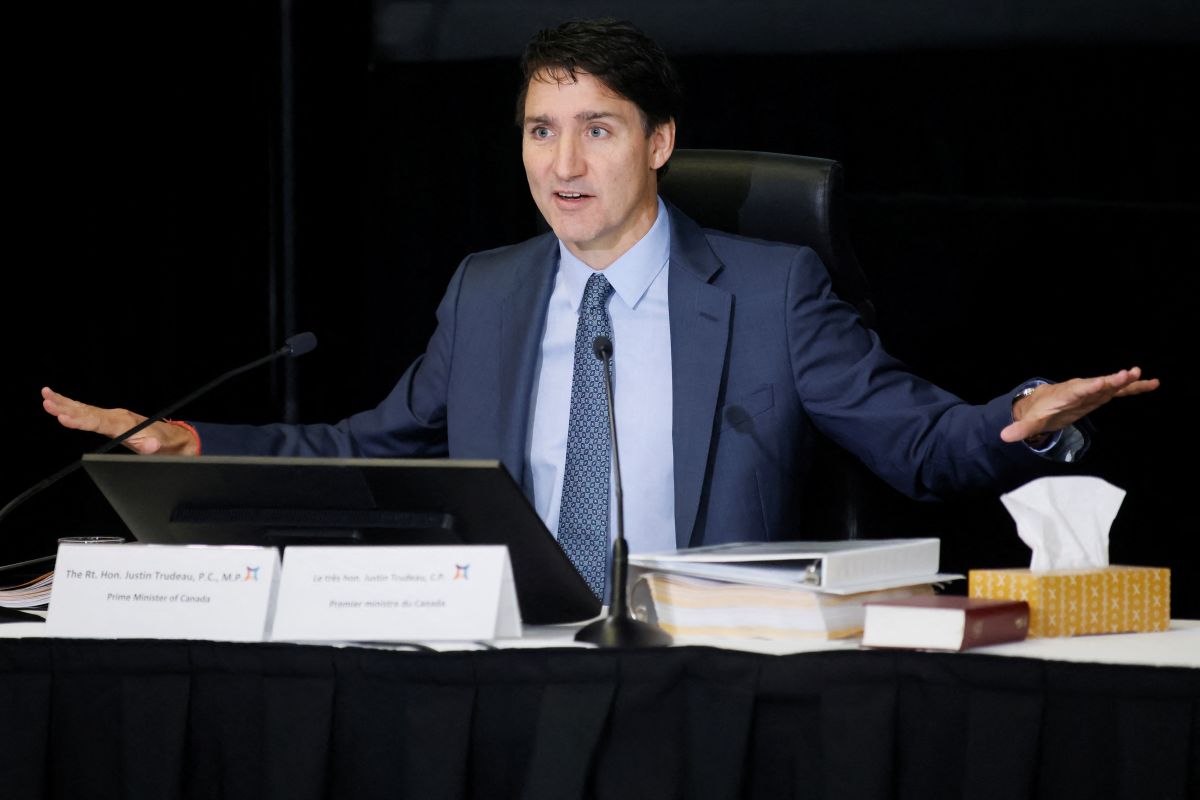
After nearly 30 years and return of peace to Punjab by 1993, the Khalistan issue or demand for a separate state for the Sikhs has again begun to hog the limelight.
Though with a major difference, this time the centre of activity seems to be in Canada, the US and the UK.
There has not been even a ripple in Punjab, where life goes on normally.
Even at that time there was a strong international linkage.
With Pakistan as a frontline State and the US, UK and most of the West linking Punjab to the 'Cold War' with the Soviet Union and ongoing first Afghan War, when the Mujahids, Talibans were the 'good guys'.
The Khalistanis received shelter in Pakistan and indirect aid and help from the rest of the West.
I have personally experienced Pakistan's efforts to woo the Sikhs after the 1971 War.
The 'public' airing of dirty laundry by the US/Canada combine is, however, intriguing. It is a matter of record that right till 2001 India was regarded as an 'unfriendly foreign country' according to the official American classification.
The US was particularly indulgent towards the Kashmir lobby. A clear nexus between Pakistani lobbyists and Khalistan supporters had emerged over the years, nudged on by Western intelligence.
After the end of Punjab militancy in 1992-1993, many ex-terrorists were quietly given shelter in the US. Most fugitives taking the Nepal route to escape.
2001 saw a major change in India-US relations and these groups were sidelined.
Many like the Kashmir lobbyist were even imprisoned.
Many of the Khalistanis were bewildered and demoralised. Many fled to Khalistan friendly Canada.
It is a norm of international relations that such issues like the Nijjar killing or the threat to Panun are handled behind closed doors.
When these issues are deliberately made public, the 'real' intent is very different.
In this case, it seems that the West is sending a signal to India that it can return to old hostilities unless India toes their line on Russia.
It is no surprise that India is being compared with Putin's Russia in terms of targeting 'dissidents' as the West calls these Khalistani terrorists
In the present instance as a part of the 'news cycle', it has attracted eyeballs and column space in the media due to the Canadian and American reaction to alleged Indian actions against these separatists.
Unfortunately, most current accounts are devoid of the historical context of the issues involved and therefore flawed!
Here is an attempt to trace the historical roots of the problem so as to promote better understanding of the present.
Sikhism started as a reform movement in Hinduism. Led by Guru Nanakdev in the late 15th and early 16th century.
He promoted social unity, was against caste discrimination and was a rationalist who fought blind faith and beliefs.
He gathered a huge following in North India, and his followers were known as Nanakpanthis.
A succession of Sikh Gurus continued his work.
The Sikhs opposed oppression by the Mughal rulers and soon came in conflict with them. many Sikhs sacrificed themselves to protect the faith.
Guru Arjun Dev and Guru Teg Bahadur were martyred in this struggle.
The 10th Guru, Guru Gobind Singh, when faced with religious zealot Aurangzeb, organised the Sikhs into a militant disciplined and motivated army.
The Khalsa Panth he created wore a distinct dress and 5 essentials to distinguish themselves from the rest of the society.
Under the Sikh onslaught in the North and Maratha resistance in the South, the Mughal empire collapsed towards the 18th century and a powerful Sikh kingdom came into existence in Punjab and the Afghan frontier areas ruled by Maharaja Ranjit Singh with his capital at Lahore.
The relationship between the Khalsa Panth and Hindus was intimate.
It became a tradition in Punjab to give the eldest male child to the Panth to become a pagdi wearing Sikh.
There were, and there are, intermarriages between Hindus and Sikhs.
Often half a family would be Sikh while the rest remained Nanakpanthi.
Both the Sikhs and Hindus regularly visit each other's temples and gurdwaras.

In the war of 1857, the British cleverly used the Sikh antipathy to the Mughals and Sikh troops played a major role in capturing of Delhi.
In the early 20th century most Sikhs were fed up of the domination of mahants in Sikh holy places and a movement to free them began.
Bowing to the Sikh demand and advancing its 'divide and rule' colonial policies, the British enacted a Gurdwara Act in 1925 giving exclusive rights to manage them to Keshdhari or turban wearing Sikhs.
Over time this began to widen the gulf between Hindus and Sikhs. Sikhism began to be claimed as a separate religion rather than a sect of Hinduism.
Sikhs took a leading part in freedom movement despite the British attempt to woo them. In 1947 after Punjab was partitioned, Sikhs had to leave West Punjab and migrated to India.
For long Sikhism was synonymous with Indian nationalism. In all the post-Independence wars, Sikhs played a major role in defending the country.
Sikhs continue to be in large numbers in the Indian armed forces.
Things began to go wrong in the 1960s. India re-organised its states (provinces) on a linguistic basis.
Only two, Maharashtra and Punjab, were denied this by then prime minister Jawaharlal Nehru on the logic that these two states had historical memories of having ruled Delhi and hence posed a danger to democracy.
After a 15 year struggle, mostly by Sikhs, Punjab was granted statehood in 1966.
The seeds of Sikh grievances were sown during this agitation.
Punjabi Hindus claimed Hindi as their mother tongue (falsely) and mostly opposed this movement.
A cleavage between Hindus and Sikhs began to emerge.
In 1965 the US used food exports as a weapon to browbeat India that was food deficient at that time.
During Indira Gandhi's premiership, under a dynamic C Subramanian, India launched the Green Revolution in Punjab and Haryana.
Huge resources were poured in and Punjab became the bread basket of India.
The Green Revolution also brought in modern technology, long hours on the field and mechanisation.
It also made Punjab very prosperous.
The social effect of this change was growing alcoholism and use of drugs.
Large number of Sikhs began to cut off their hair and shave off beards.
One often heard a lament from the elderly that at this rate Sikhism was not going to survive.
Basically, Sikh norms were threatened by modernisation and in this emerged Jarnail Singh Bhindranwale, an extremist cult figure, who enforced the Khalsa tenets using fear and terror.
In the murky electoral politics of Punjab, the Congress party propped him up as a foil to the Shiromani Akali Dal, its electoral rival.
Taliban like extremist violence began after a 1979 clash between the Nirankaris and ordinary Sikhs.
The die was cast for a decade long campaign of violence and extremism.
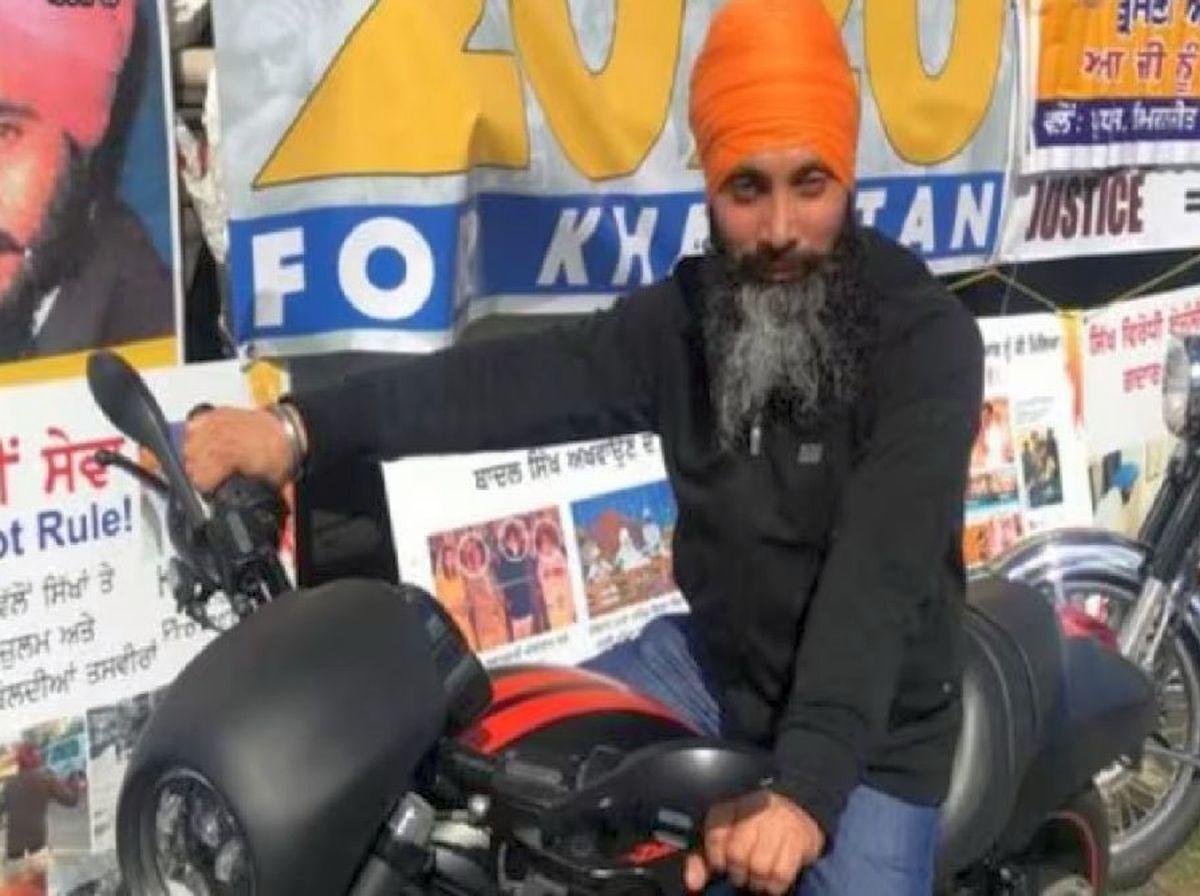
In the international context, the US suffered a major reverse when India dismembered its proxy Pakistan in the 1971 War.
India also went nuclear in 1974. The West, smarting under this twin blow, wanted to teach India a lesson.
Alongside the perennial Kashmir dispute, the West created another pressure point against India through Punjab.
There was nothing subtle about it and one often saw advertisements in British newspapers for recruitment of ex-commandos to train Khalistani separatists.
In 1984, Sikh militants entered and fortified their position in Sikhism's holiest temple in Amritsar and challenged the writ of the Indian government.
It is widely believed that as he was on the verge of declaring an independent Khalistan, India took decisive action against Bhindranwale.
This led to many civilian deaths. A major revolt by Sikhs began in Punjab leading to several thousand deaths.
In 1984 then prime minister Indira Gandhi was assassinated. This was followed by large scale anti -Sikh riots.
It was one of the most trying periods in the history of post-Independence India.
As a part of this terror campaign, Sikh extremists based in Canada blew up Air India Boeing 747 Kanishka that killed 329 people including 268 Canadian citizens.
The investigation went on for 20 years and the main plotters were never punished.
The Royal Canadian Mounted Police at one stage during the trial admitted that it had 'accidentally' deleted evidence.
It is difficult to find a more shameless approach to investigation of a terror attack that was the worst ever such incident till 9/11. Canadian police/intelligence agencies have zero credibility.
At the end of 1992, the Khalistan movement petered out. This happened because the people at large were alienated by the indiscriminate use of violence.
Punjab yearned for peace and the Anglo-American game plan was laid to rest.
The rest they say is history.
Colonel Anil A Athale (retd) is a military historian whose earlier columns can be read here.
Feature Presentation: Aslam Hunani/Rediff.com
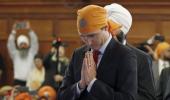

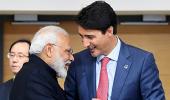





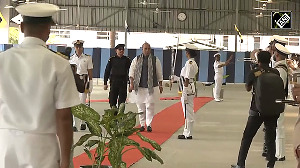
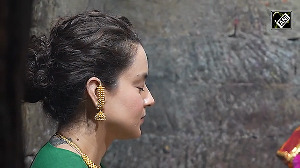

 © 2025
© 2025